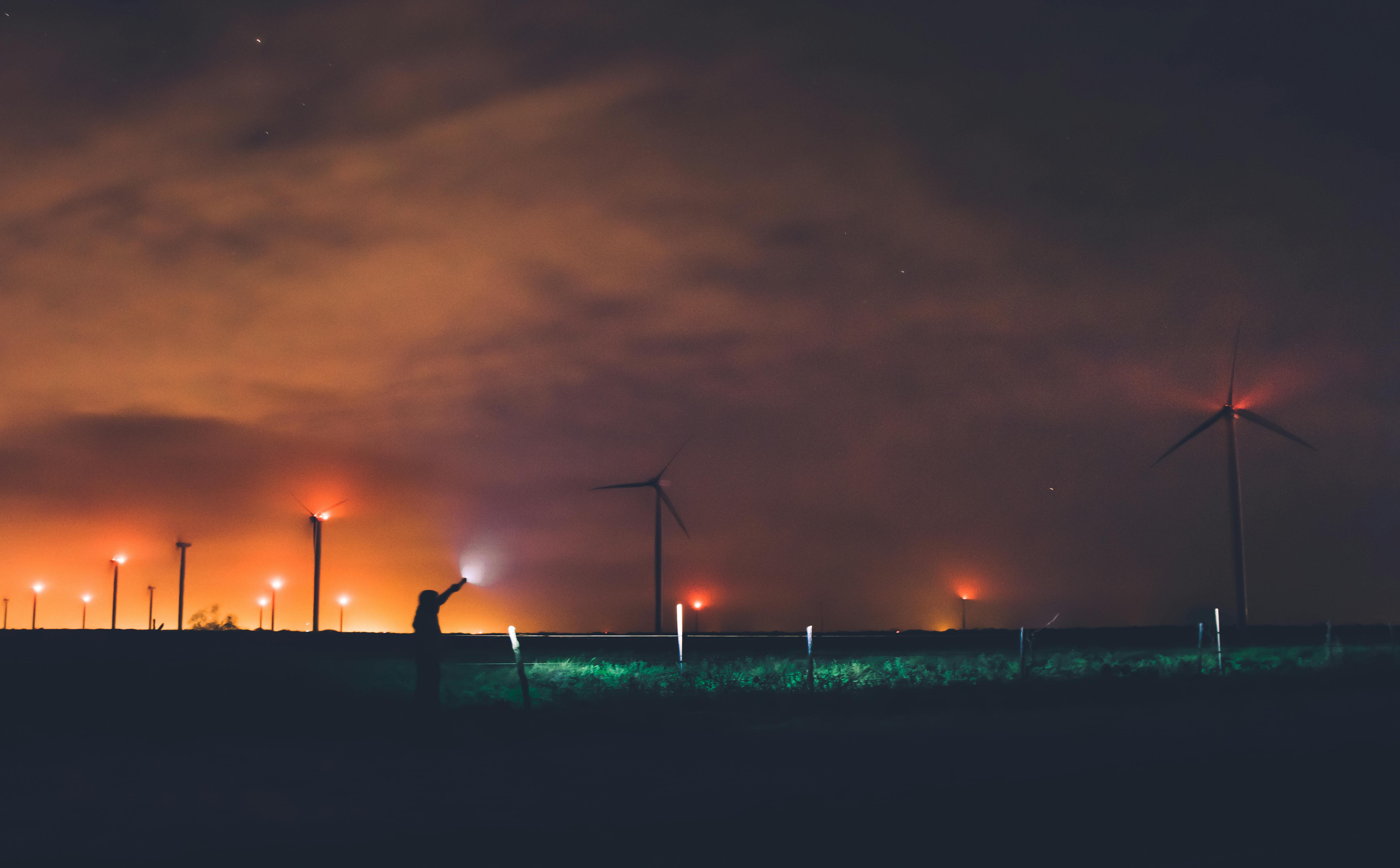Vincent’s two coffees
“I often think that the night is more alive and rich in colors than the day.” Vincent van Gogh
Van Gogh’s two ultra-famous cafe scenes were a study in opposites. Although both paintings employ Vincent’s famously bold and furious brushwork and bold colors, the two images feel completely different. One, “Café Terrace at Night,” is enchanting and filled with a frothy light, starry night scene outside the café on Place de Forum. The other, “Night Café”, is, in the artist’s own words, “…one of the ugliest I’ve ever done”, a collection of colors that collide in the gloomiest atmosphere.
Both paintings were done in Arles after Van Gogh had lived and studied in Paris and met various French Impressionists. His own style became much lighter, less self-righteous, and more colorful.
“Night Café” represents the interior of a swimming pool on Place Lamartine in Arles. It would be hard to find a more striking Van Gogh canvas, but no one could call this particular painting beautiful. It was the artist’s intent to show the lowest edge of humanity, unvarnished, with as much impact and sincerity as possible.
There is no doubt that he succeeded. At first glance, the viewer almost tends to look away, as if burned. Full two-thirds of the painting is the floor of the cafe, executed in sulfuric yellow with exaggerated perspective lines that draw the eye into the painting. Next, a green pool table, outlined in heavy black, stops us in our tracks. Standing by the table is a figure in a light-colored coat, staring at us blankly.
“I have tried to express the terrible passions of humanity by means of red and green,” van Gogh wrote. Yellow walls give way to blood-red walls that lead to a striking green ceiling, and along the walls are locals at bar tables, hunched over in a nocturnal stupor. The lamps hang from the ceiling, surrounded by the yellow curved Vincent wheels.
A stark black and white clock hangs in the background, impossible to miss. It’s almost quarter past twelve in this desolate setting. “Night Café” is one of Vincent’s most powerful communications through art of the human condition and human emotions.
Van Gogh’s other café painting, “Café Terrace at Night”, shows the exterior of a café that still stands in Arles, though it was renamed The van Gogh Café and remodeled to closely resemble the painting that immortalized it. He painted this work in a flurry, using many of the same techniques that he employed in his drawings. This is one of his most beautiful paintings, filled with the light and peace that he sought but never found.
The perspective and warm complementary colors draw the viewer into the painting and beyond. The graphic texture of the cobblestones of the street invites the eye into the small cafe itself, with its tiny white tables set out on the street, echoing Vincent’s star spheres hung against the blue Prussian sky. The awning and walls of the cafe, in a warm yellow, cut into the sky to enhance both colors and form the main composition.
Van Gogh loved the night. He writes: “I am in dire need of, dare I say, religion…then I go out at night and paint the stars.” He painted this night scene on the spot, at night, without blacks. His father was a preacher and Vincent dedicated himself to the ministry for a while. It was later that this artist, now posthumously a star himself, decided that his ministry would be to find a way to give humanity hope and comfort through his art.



